A Picture is Worth a Thousand Words
Tobacco packaging serves as the most cost-effective communications channel for governments to convey health risks associated with tobacco use. Especially among those with low literacy levels, pictorial health warnings (PHWs) are an effective health promotion tool to increase awareness of tobacco's harmful effects with no costs to government.
As part of a growing global trend, at least 134 countries/jurisdictions have legislated PHWs to date in accordance with WHO FCTC Article 11 and its implementation guidelines, adopted at the third session of the FCTC Conference of Parties (COP 3) in 2008. In 2016, ASEAN became the first region in the world where all ten member states require PHWs on tobacco packages.
The Article 11 Guidelines recommend that health warnings be as large as possible and include pictures to effectively communicate health harms of tobacco use. Thailand currently requires the world's fourth largest PHWs (85% front and back of the pack) after East Timor and Turkey (92.5%), Maldives, Nepal, Vanuatu and Benin (90%) and New Zealand (87.5%). Four other ASEAN countries (Brunei, Lao PDR, Myanmar and Singapore) require PHW sizes that are considered international best practice (at least 75%).
The Article 11 Guidelines also recommend standardized (plain) packaging, which enhances visibility of the PHWs and reduces the appeal of tobacco products. In 2012, Australia was the first country to implement standardized/plain tobacco packaging. More than 30 countries and territories moving forward with standardized packaging, with 21 countries having adopted the measure, 3 countries having it in practice and at least 14 other countries are in varying stages of introducing standardized packaging laws. With the recent World Trade Organization dispute panel decision upholding Australia's right to require standardized packaging, it is expected that even more countries will follow suit.
In ASEAN, Thailand, Singapore and Myanmar have adopted standardized packaging, which eliminated all promotional aspects of packaging including brand colours, logos and graphics on tobacco packages, effective on 10 September 2019, 1 July 2020 and 10 April 2022 respectively. Other ASEAN countries (Malaysia and Philippines) are underway to adopt a similar measure.
Increasing number of countries requiring PHWs on cigarette packages (2001_2022)

Leader of pack warnings size
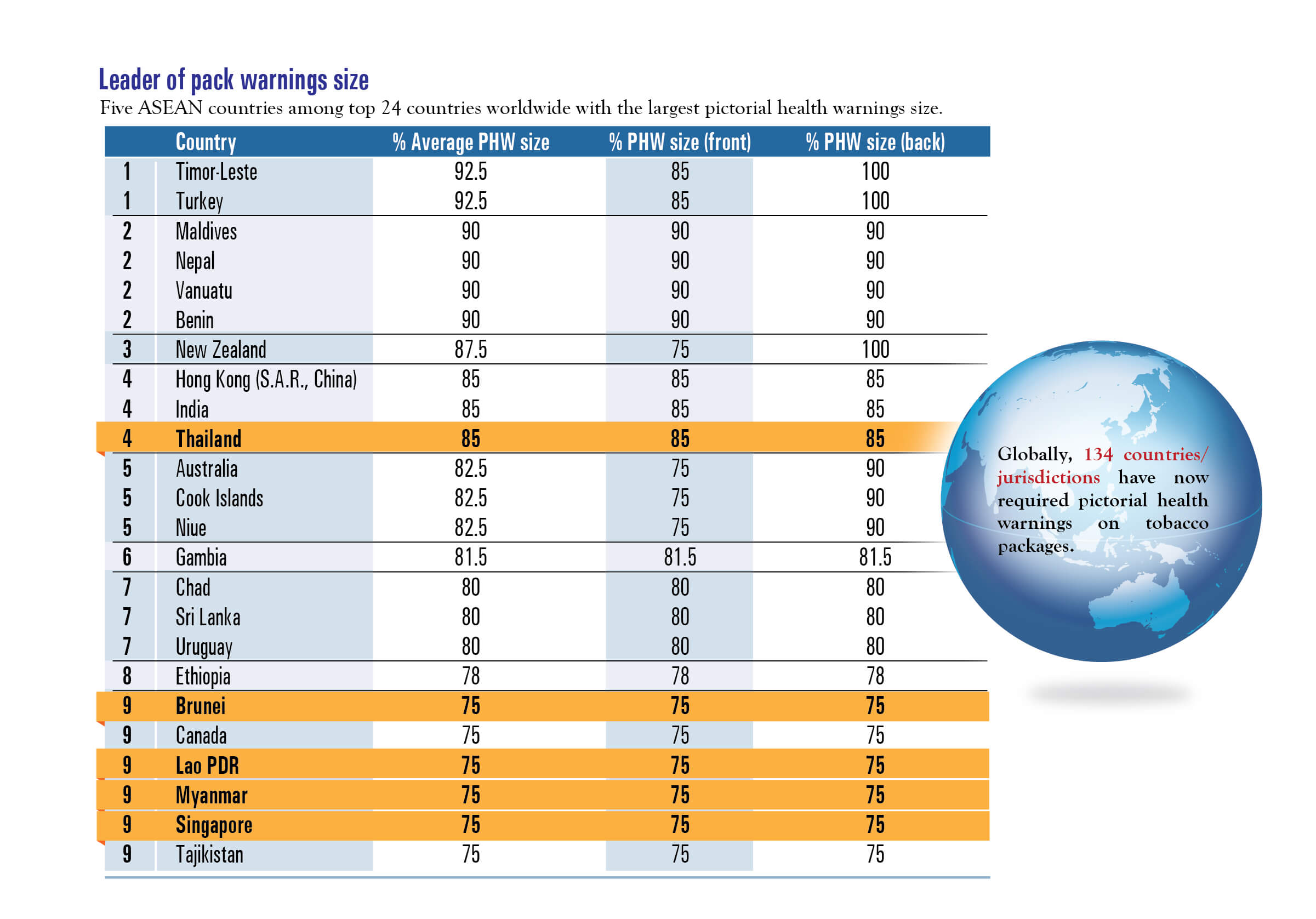
 Thailand: Asia first standardized packaging (85%)
Thailand: Asia first standardized packaging (85%)
In April 2013, Ministry of Public Health (MoPH) passed a regulation requiring pictorial health warnings to cover the upper 85% of front and back panels of packs; however, implementation was delayed due to a legal challenge by the tobacco industry, including Japan Tobacco International (JTI), Philip Morris (PM), and British American Tobacco (BAT), that led to an injunction being issued by the Central Administration Court.
On 26 June 2014, the Supreme Administration Court ruled in favor of the MoPH and cancelled the injunction, clearing the way for implementation of the larger 85% warnings. All tobacco products sold in Thailand were required to carry the new pictorial warnings by 23 September 2014.
Thailand is the first Asian country to enforce standardized packaging for tobacco products. On 14 December 2018, Thailand's Standardized Packaging Regulation was enacted with effect after nine (9) months (on 10 September 2019) with a 3-month full phase-out of old cigarette stocks by 8 December 2019. All cigarettes packaging must be sold in drab brown-colored packs with cigarette brand names printed in a standardized font type, size, color, and location, without brand colors or logos. The new standardized packaging complements Thailand's pictorial health warnings, which occupy the upper 85% of the front and back panels of packs, currently the largest in ASEAN.
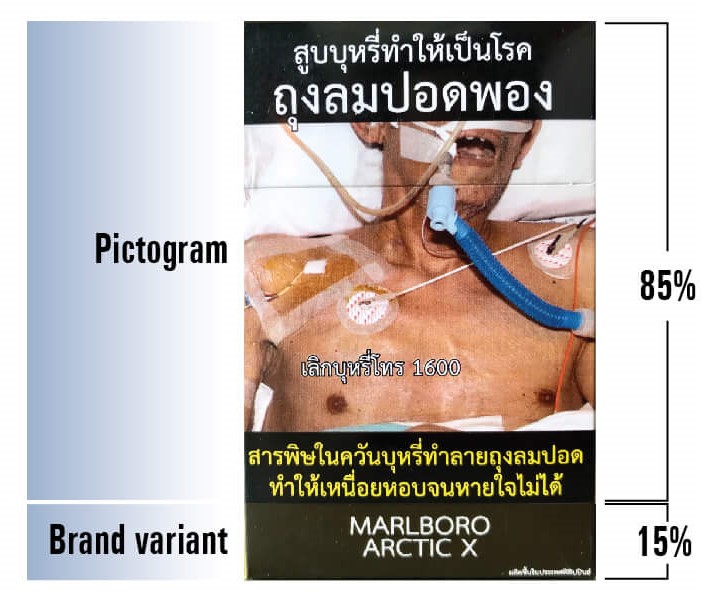

Among the world's largest: Thailand, Brunei, Lao PDR, Myanmar and Singapore
Large PHWs on cigarette packages in five ASEAN countries
Thailand (85% front and back)*

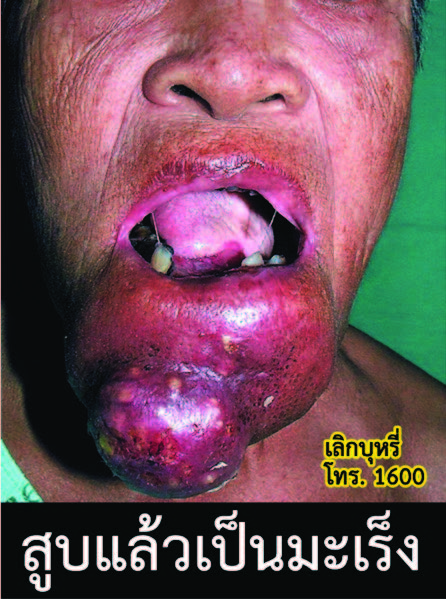

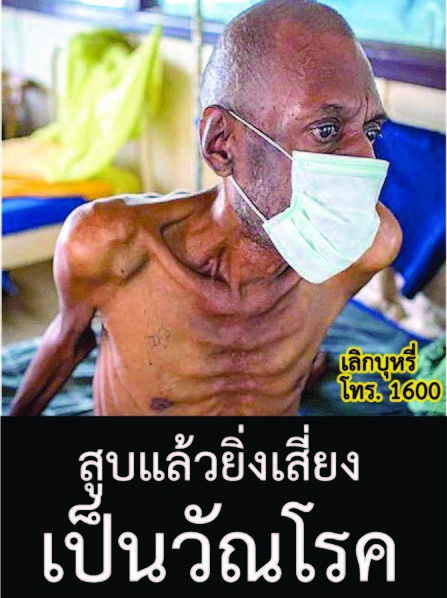
Brunei (75% front and back)
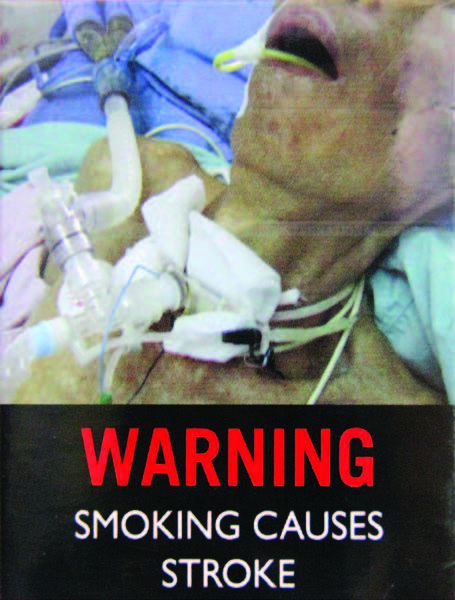

Lao PDR (75% front and back)

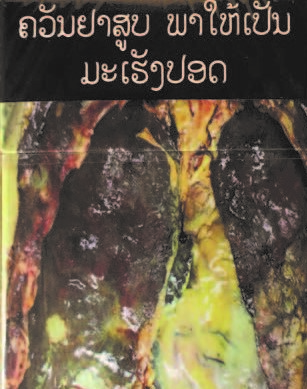
Myanmar (75% front and back)*


Singapore (75% front and back)

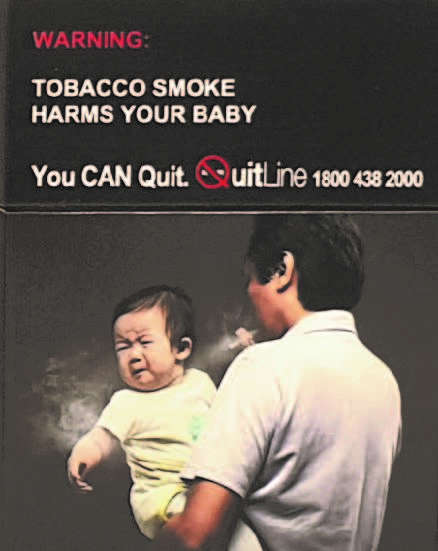
Pictorial health warnings on cigarette packages in other ASEAN countries
Malaysia (50% front and 60% back)


Cambodia (55% front and back)


Vietnam (50% front and back)
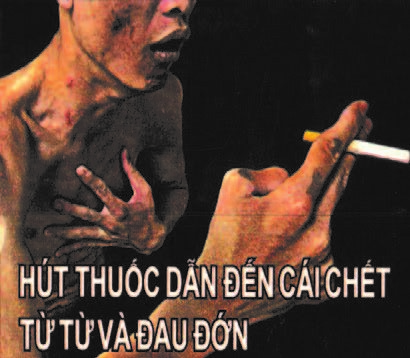
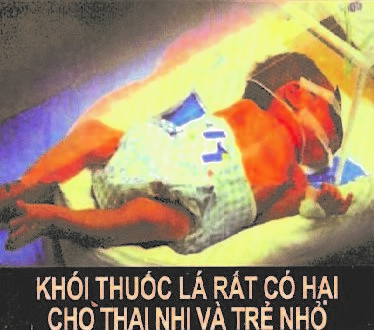
Indonesia (40% front and back)


Philippines (50% front and back)*

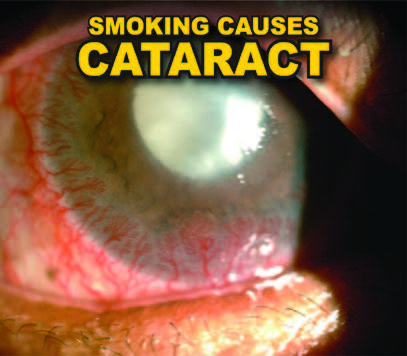


*These are 4 out of 10 new Philippines PHW images for the 4th rotation, effective by March 2022.
ASEAN image bank of copyright-free pictorial health warnings
In collaboration with ASEAN Focal Points on Tobacco Control (AFPTC), SEATCA has established a sharing mechanism of copyright-free pictorial health warning images of ASEAN countries. SEATCA continues to:
- Provide technical assistance to countries on development and implementation of PHWs policies.
- Facilitate access to high-resolution and copyright-free PHW images from Brunei, Singapore, Thailand, Malaysia and other ASEAN countries.
- Provide sample cigarette packs from the ASEAN region for advocacy purposes.
For more detailed information, please visit http://tobaccolabels.seatca.org/gallery/
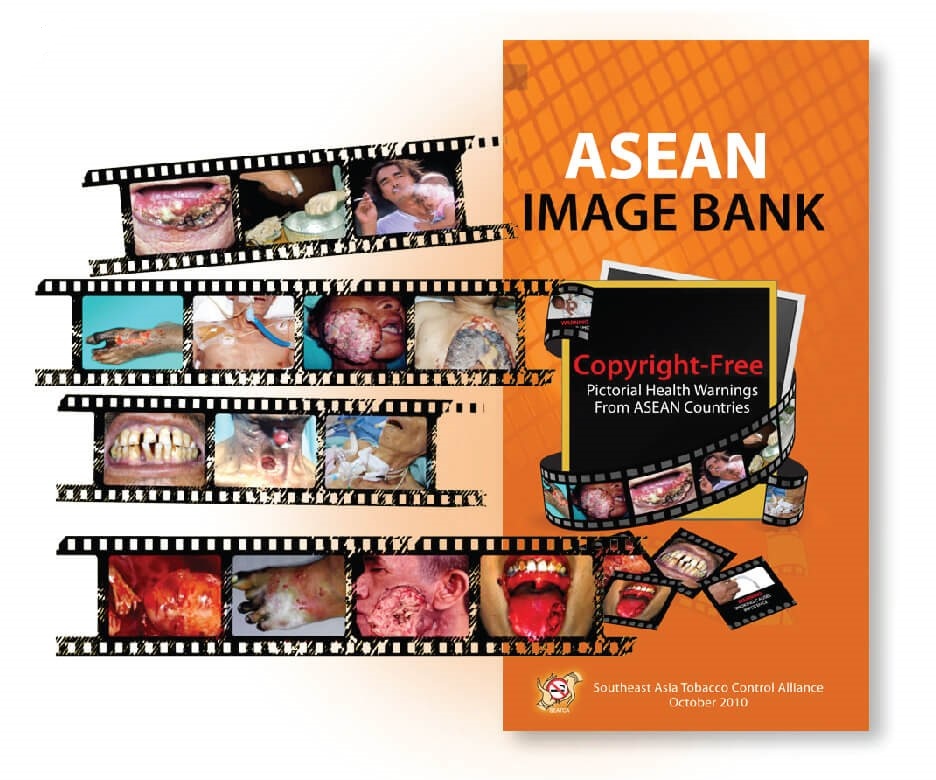
Evolution of pictorial health warnings and standardized packaging in ASEAN
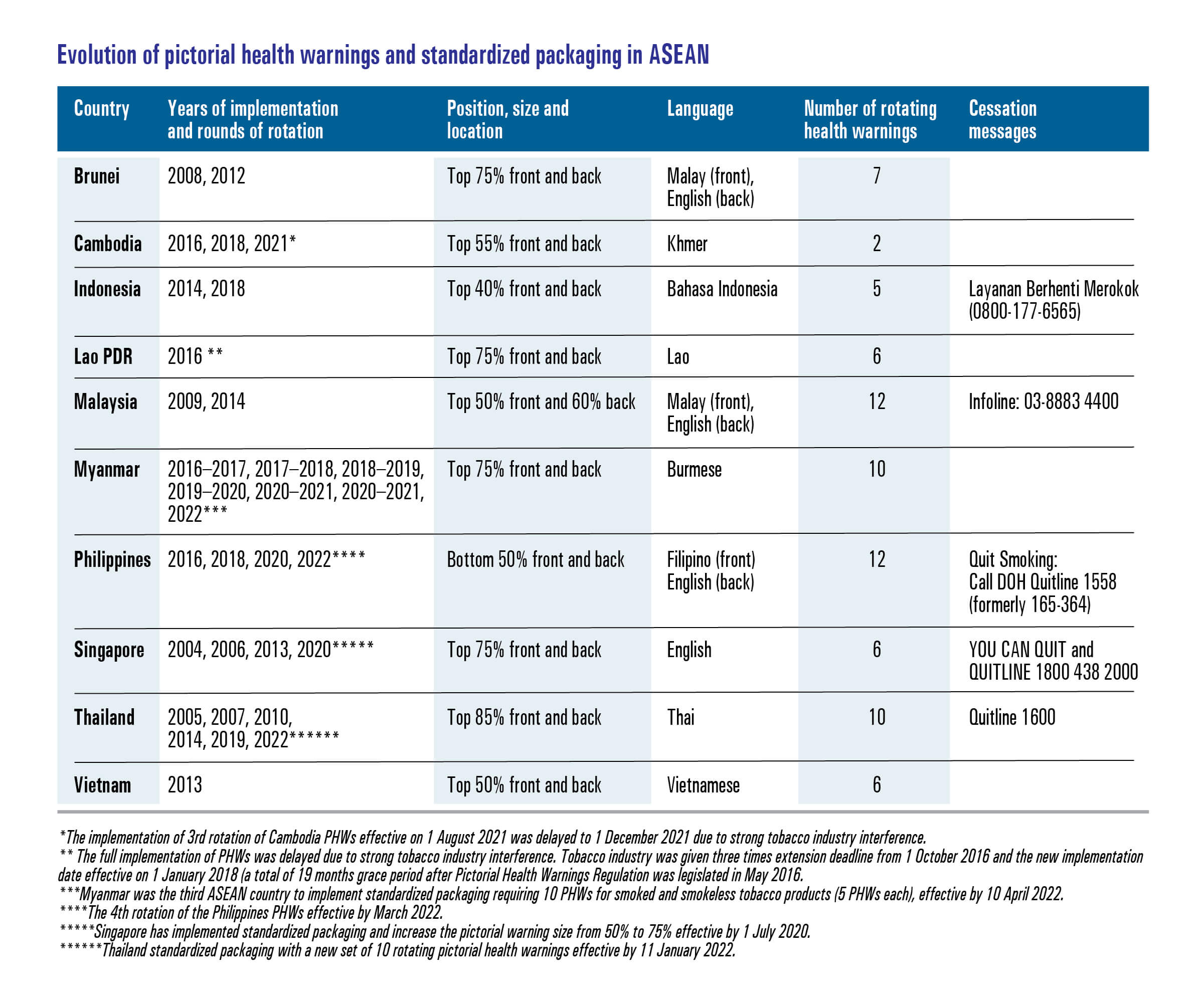
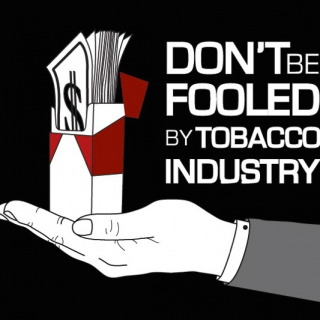
Implementation timeline of the latest pictorial health warnings and standardized packaging in ASEAN
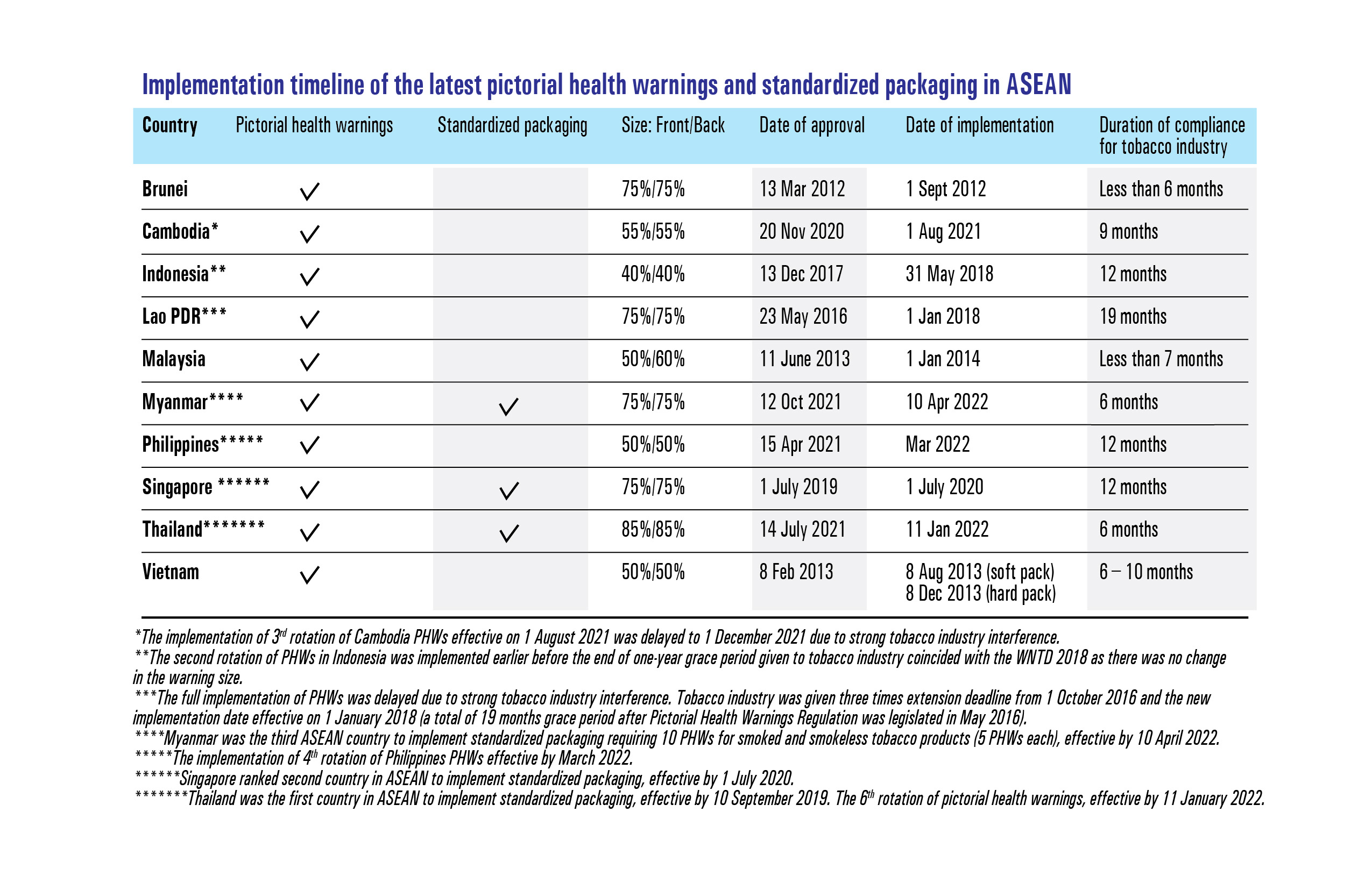
Best practice: Australia's plain packaging - A world first
Australia was the first country to implement plain packaging of cigarettes, effective on the 1st December 2012. The plain packaging law restricts or prohibits the use of logos, colours, brand images or promotional information on packaging other than brand names and product names displayed in a standard colour and font style, with graphic health warning images occupying an average of 87.5% of the front and back panels of the pack, while a fire-risk statement covers the bottom 10% of the back panel. This is in line with its international obligations under Articles 11 and 13 of the World Health Organization Framework Convention on Tobacco Control (WHO FCTC).
Philip Morris Asia mounted a challenge in the Singapore-based international court using provisions - known as investor-state dispute settlement. The legal claim for alleged breaches in the 'fair and equitable treatment' obligation under the Australia-Hong Kong bilateral investment agreement dismissed on 17 December 2015. A six-year legal battle came in favor of public health when the court ordered Philip Morris to pay the Australian government (about USD 50 million in legal costs after its failed bid to kill off plain packaging laws in July 2017. On 28 June 2018, a panel of dispute-settlement experts (World Trade Organization) backed the legality of Australia's 2011 plain packaging law as being consistent with international trade and intellectual property laws. The decision upheld Australia's right to require cigarettes to be sold in plain packs.
The victory has come despite fierce opposition and threatened huge lawsuits from the tobacco industry. Australia has paved the way and inspiring other countries to move this forward. Australia plain packaging law sets a precedent for the world and encourages other countries especially in the ASEAN region (Thailand and Singapore) are considering to implement plain packaging. There are increasing number of countries in various stages of development and adoption of similar laws.


Standardized/plain packaging around the world
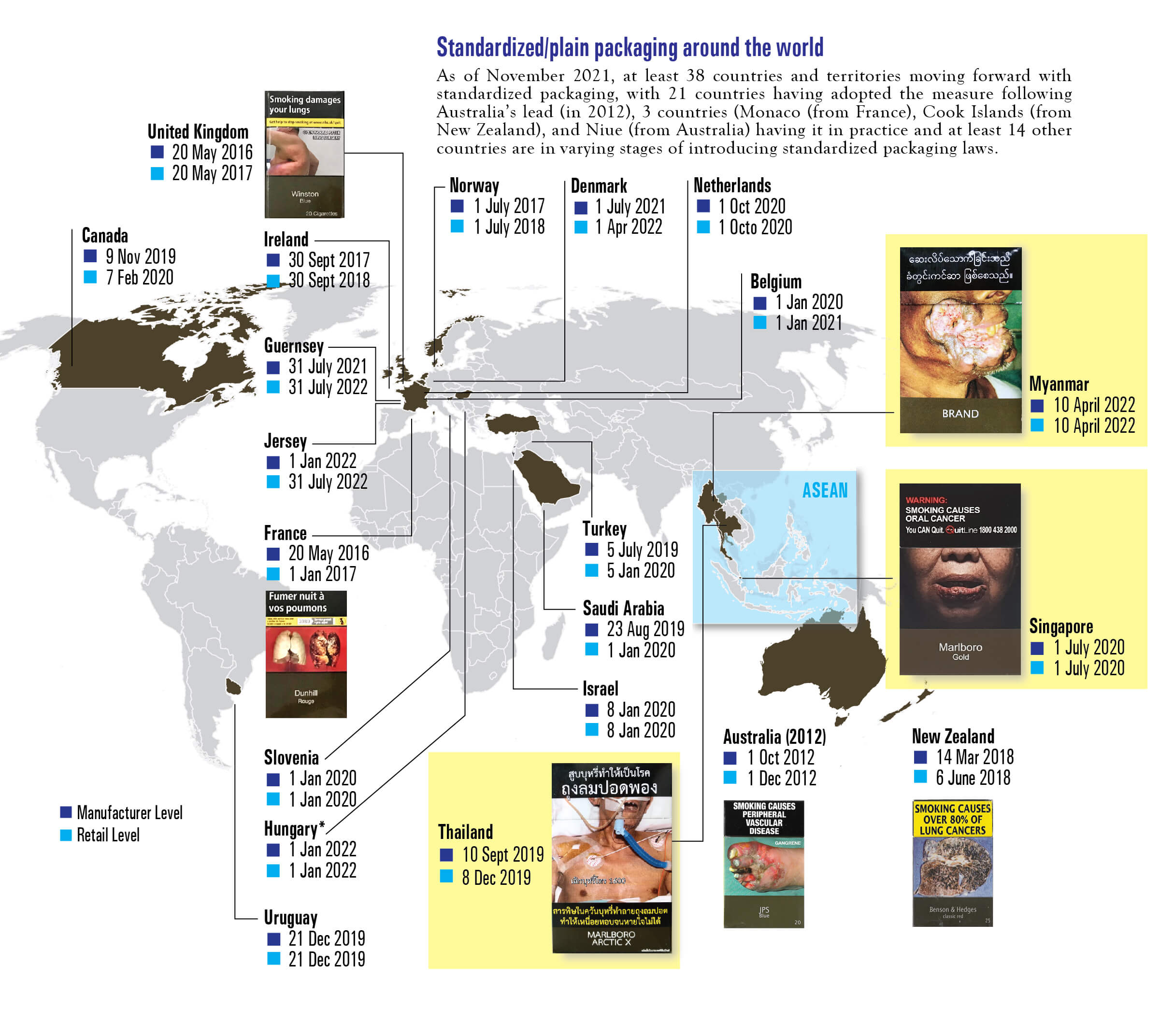
 Standardized packaging in ASEAN:
Standardized packaging in ASEAN:  Thailand,
Thailand,  Singapore and
Singapore and  Myanmar
Myanmar
Thailand, Singapore, and Myanmar are the first in Asia and among the 24 countries and territories that implement standardized packaging for tobacco products, eliminating all promotional aspects of packaging including brand colours, logos and graphics on tobacco packages. Singapore's PHWs size on the package surface, increased to 75% from 50% (introduced since 2004) along with the standardized packaging regulation.
In ASEAN, Thailand leads with the largest pictorial warnings (85%), followed by Brunei, Lao PDR, Myanmar and Singapore requiring a warning size of 75%.

Disclosure of information on relevant constituents and emissions of tobacco products in ASEAN


Ban on false or misleading descriptors in ASEAN

